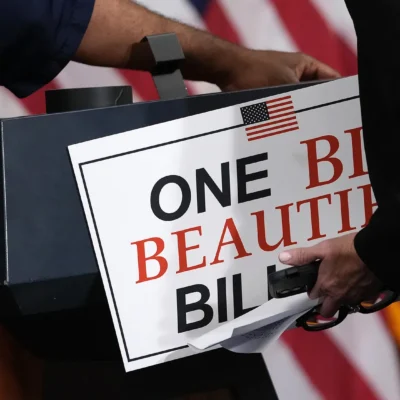The Age of Misinformation
In today’s digital world, misinformation and conspiracy theories spread faster than ever before. Social media, alternative news sources, and online communities have amplified false narratives, making it difficult to separate fact from fiction. But why do so many people fall for conspiracy theories? What psychological factors drive individuals to believe in misinformation? Let’s explore the fascinating psychology behind conspiracy thinking and how it shapes our society.

What Are Conspiracy Theories?
A conspiracy theory is a belief that events or situations are secretly manipulated by powerful forces. These theories often suggest that governments, corporations, or secret organizations control major events for their hidden agenda. While some conspiracy theories are harmless, others can be dangerous, leading to distrust, radical beliefs, and even violence.
The Psychological Factors Behind Belief in Conspiracy Theories
Several psychological reasons explain why people fall for conspiracy theories and misinformation. Here are some of the most significant factors:
1. Cognitive Biases
Cognitive biases are mental shortcuts that influence how we perceive reality. Some of the most common biases that fuel belief in conspiracies include:
- Confirmation Bias: People tend to believe information that supports their existing beliefs while ignoring contradictory evidence.
- Proportionality Bias: We assume that big events must have big causes, making us skeptical of simple explanations.
- Pattern Recognition Bias: Humans naturally look for patterns, even when none exist, leading to false connections between unrelated events.
2. Fear and Anxiety
During times of crisis or uncertainty, people are more likely to believe in conspiracy theories. Fear makes us search for explanations, and conspiracies provide a sense of control over the unknown. The COVID-19 pandemic, for example, fueled countless misinformation claims about vaccines, government control, and secret agendas.
3. Distrust in Authorities
A growing distrust in governments, scientists, and mainstream media has contributed to the rise of conspiracy theories. When people believe that those in power are hiding the truth, they become more receptive to alternative explanations, even if they lack evidence.
4. Social Influence and Echo Chambers
- Social Media Algorithms: Platforms like Facebook, Twitter, and YouTube amplify sensational content, keeping users engaged and spreading misinformation rapidly.
- Echo Chambers: People tend to follow news sources and social groups that reinforce their beliefs, making it difficult to change their minds.
- Group Identity: Many conspiracy believers find a sense of belonging within their communities, making it harder to challenge their views.

The Role of the Internet in Spreading Misinformation
1. Viral Misinformation
- False information spreads faster than truth due to its emotional and shocking nature.
- Clickbait headlines and sensationalized stories get more engagement, leading to widespread belief in false claims.
2. The Influence of Fake Experts
- Many conspiracy theories rely on so-called “experts” who present misleading or fabricated data.
- The internet allows anyone to appear credible, making it challenging to differentiate real experts from fake ones.
Real-World Consequences of Conspiracy Theories
While some conspiracies are harmless, others have severe consequences, such as:
- Health Risks: Misinformation about vaccines and diseases has led to unnecessary deaths and outbreaks.
- Political Instability: Fake news and conspiracy theories have influenced elections and political uprisings worldwide.
- Violence and Extremism: Some believers resort to violence, as seen in incidents like the U.S. Capitol riots and anti-5G protests.

How to Spot and Stop Misinformation
1. Fact-Checking and Critical Thinking
- Always verify information from multiple reputable sources.
- Use fact-checking websites like Snopes, PolitiFact, and FactCheck.org.
2. Be Skeptical of Viral Content
- If a news story seems too shocking or outrageous, investigate further.
- Look for supporting evidence from independent sources.
3. Educate Others
- Share reliable information with friends and family.
- Encourage discussions based on logic and evidence.
Conclusion: The Fight Against Misinformation
Understanding the psychology behind conspiracy theories is the first step in combating misinformation. While it is natural to question authority and seek answers, critical thinking and reliable sources are essential to uncovering the truth. By being aware of cognitive biases, fear-driven beliefs, and the role of social media, we can resist false narratives and promote a more informed society.
The Rise of Independent Artists and the Decline of Traditional Record Labels





